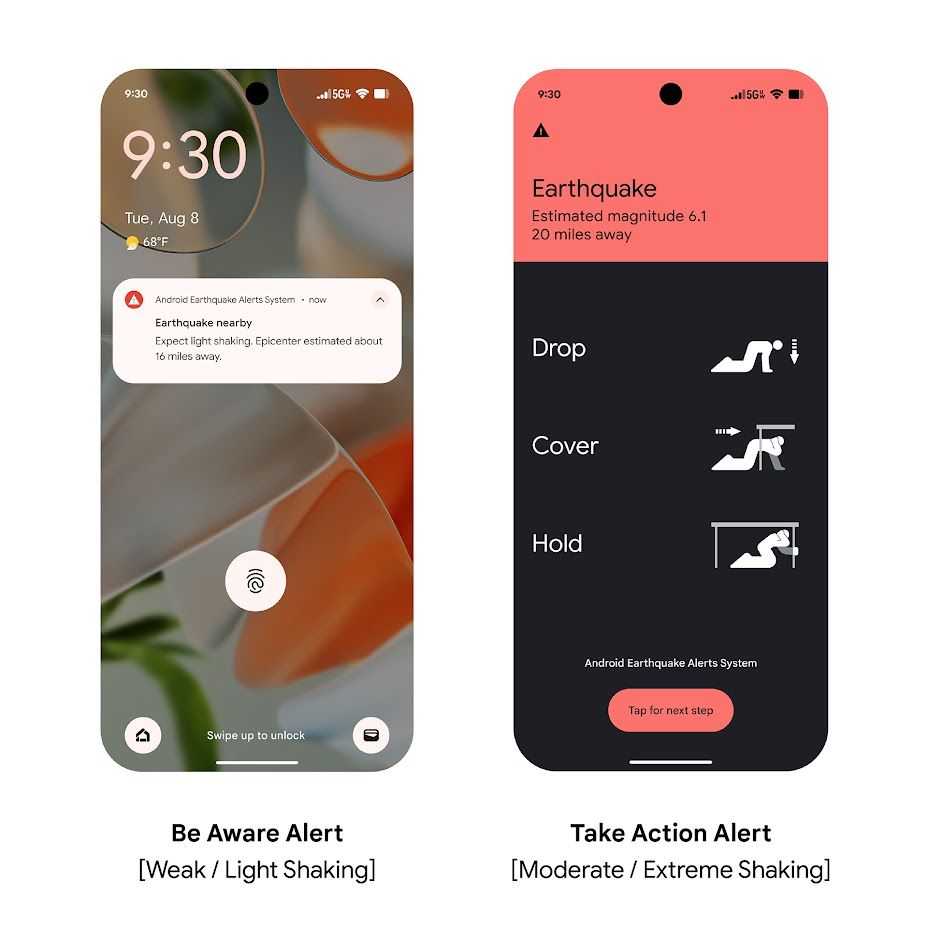We’ve been awaiting the arrival of Android 15 all year. Finally, as we enter the last quarter of the year, the final version of Android 15 is finally out.
Google has finally released the stable version of Android 15 to the Android Open Source Project (AOSP), which means that the source code is available for anyone to look through and port to their devices. Android 15 has many new features focused on privacy, boosted performance, and an overall improved usability, particularly for large-screen devices like tablets and foldables.
A lot of changes in Android 15 are under the hood and might not be something you notice. For example, the update has several improvements for app developers, including new APIs and insights to better understand app performance and behavior. These tools enable developers to further fine-tune their apps, leading to smoother and more functional apps across a wider range of devices.
The update also delivers enhanced camera and media capabilities. Notable additions include HDR headroom control, intelligent audio adjustments, and Low Light Boost for improved image previews and QR code scanning in low-light conditions. New UX changes include a new taskbar pinning feature and the ability to save favorite split-screen combinations, which will certainly improve multitasking on large screens. Other features include private space, which allows you to isolate sensitive apps behind an additional layer of authentication.
There are also some other features that are coming to folks now, but aren’t necessarily tied to Android 15. For one, you can now look up music with Circle to Search, and TalkBack, Android’s screen reader for people with impaired visibility, is getting an AI boost and the ability to describe images in-screen to users. The latter will certainly make the feature much, much easier to use.
Google is also expanding support for Android’s Earthquake Alerts System to the entire United States—it will provide you with a warning, as well as life-saving advice, as soon as earthquakes are detected and before you even feel the ground shake. Android’s earthquake detection has been a helpful early warning system in the past, so it’s great to see it expand to mor people.
It should be noted that this update is being released to the AOSP but that doesn’t necessarily mean that you can now download it to your phone. It just means that the update is now fully open-source, but it’s up to OEMs to work with the code that Google provided. This can take days, weeks, or months, depending on what OEM we are talking about. Samsung, for one, usually takes a couple of months in bring-up work for its own new major Android update before rolling it out, first to its newest S-series flagships and then to its other phones.
Currently, stable Android 15 is not available to download on any phone. Typically, new Pixel phones are always one of the first, if not the very first, phones to come with the new operating system out of the box. This year, however, the new Google Pixel 9 series came out of the box with Android 14, just like the Pixel 8 series did. It made sense this time around, since the update wasn’t released, but it also means that Pixel 9 users will need to wait a while for the update to come out. Google hasn’t clarified when Pixel phones will get the update, but it’s probably just a few weeks away.
For other phones, keep an eye out for announcements from your phone’s manufacteror to know when you’ll get the update.





